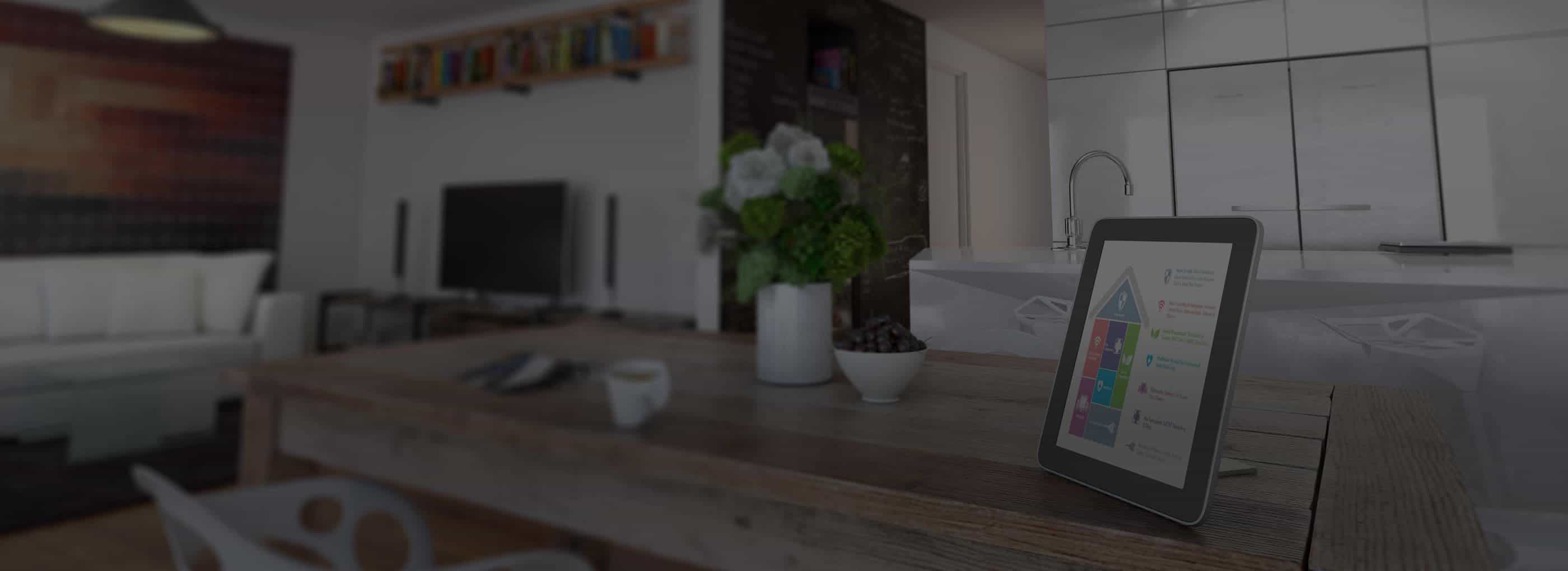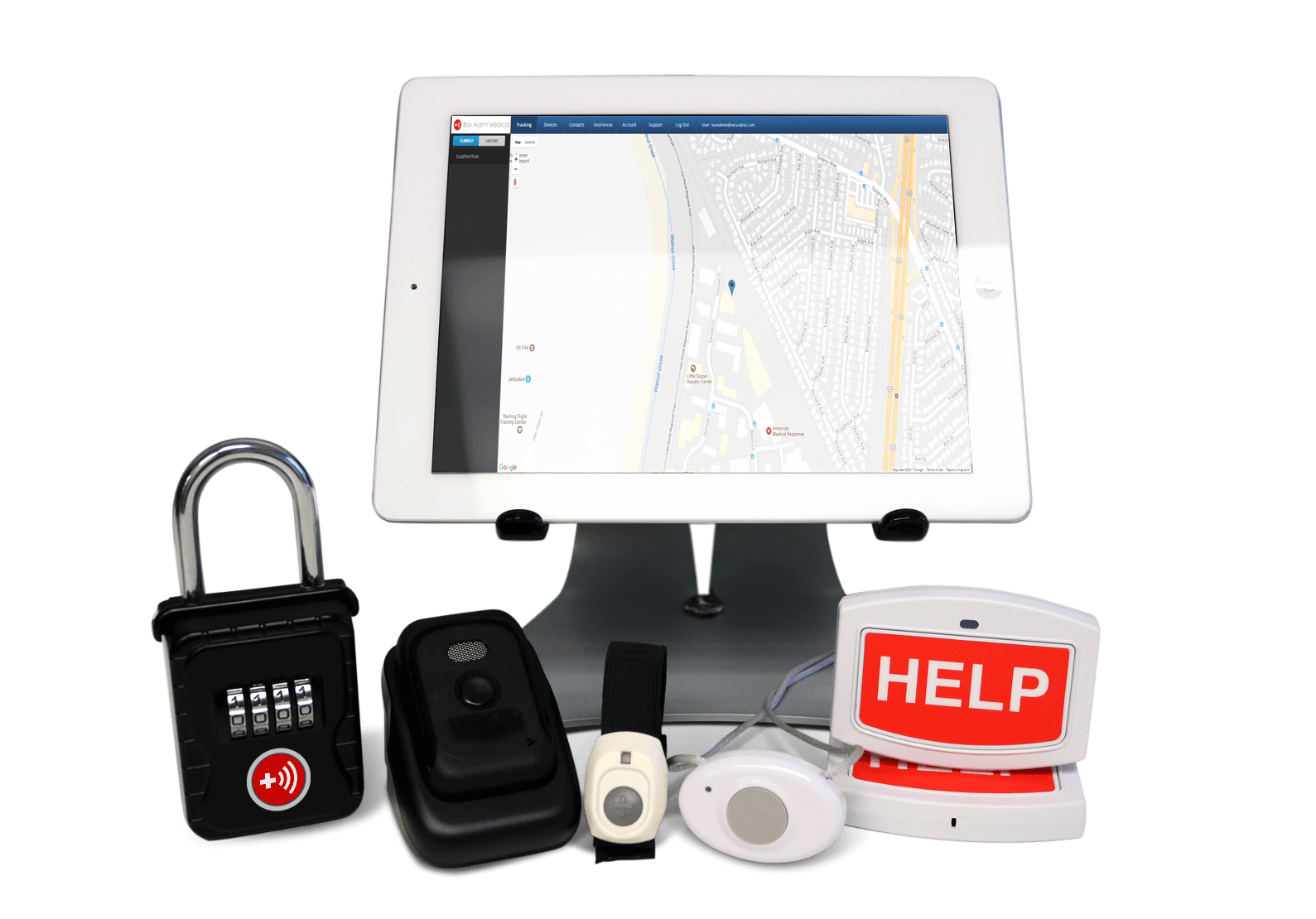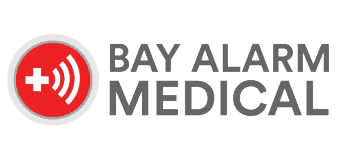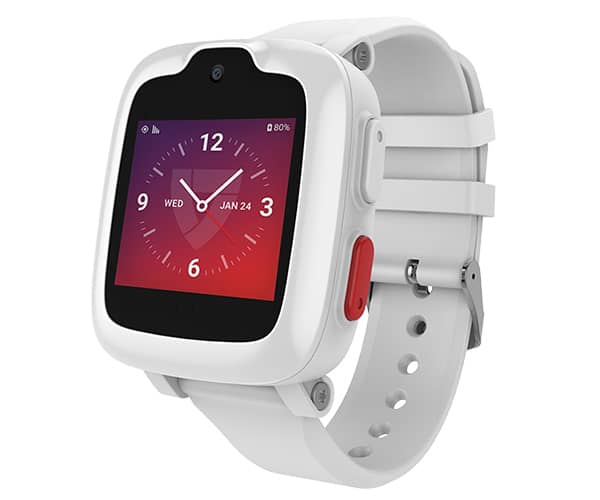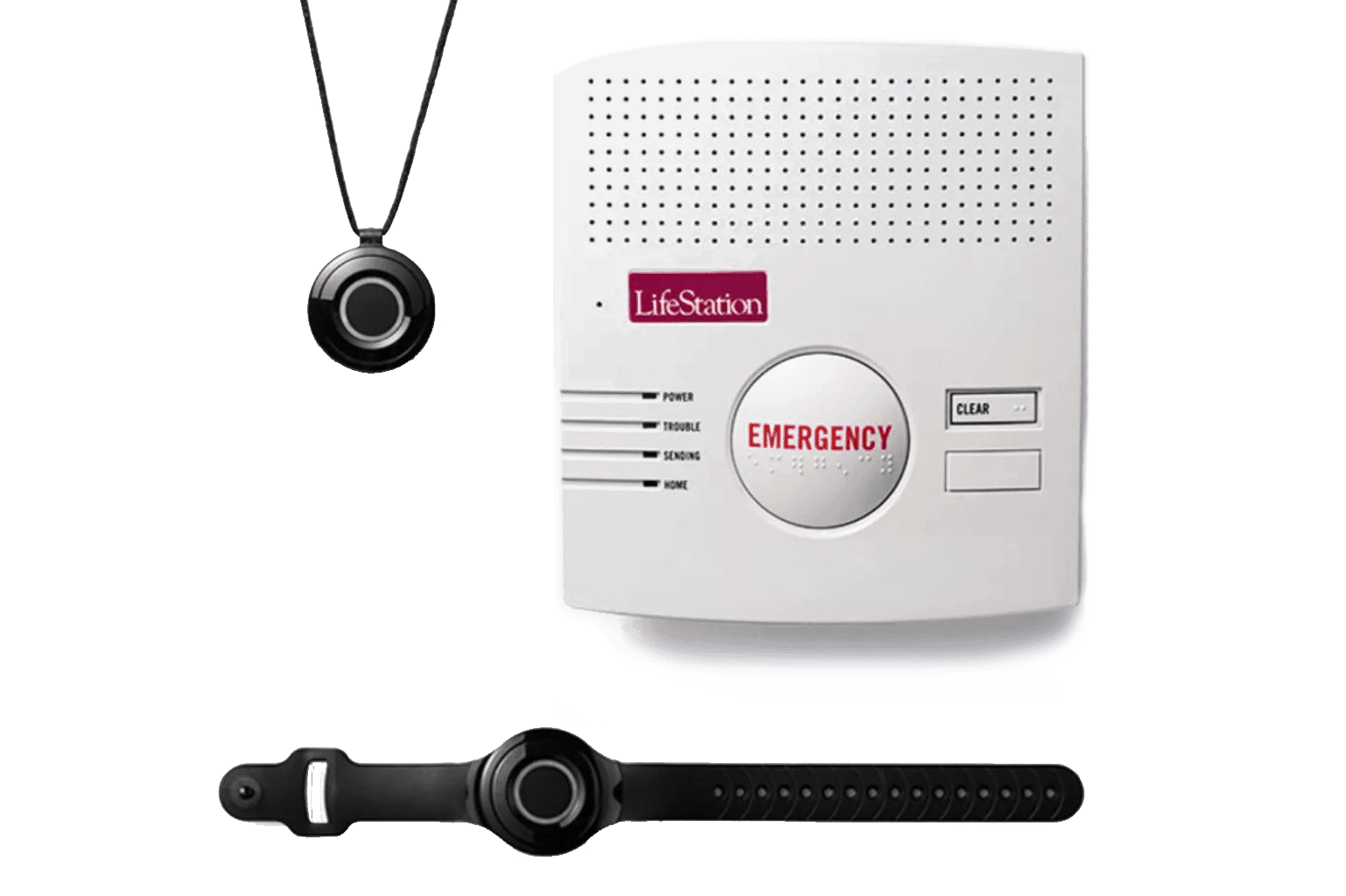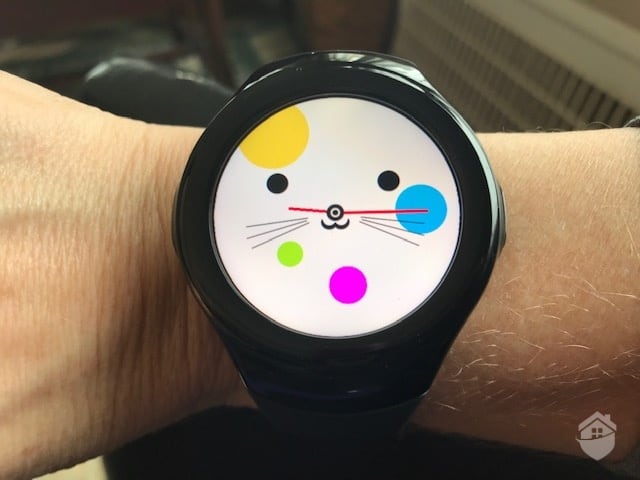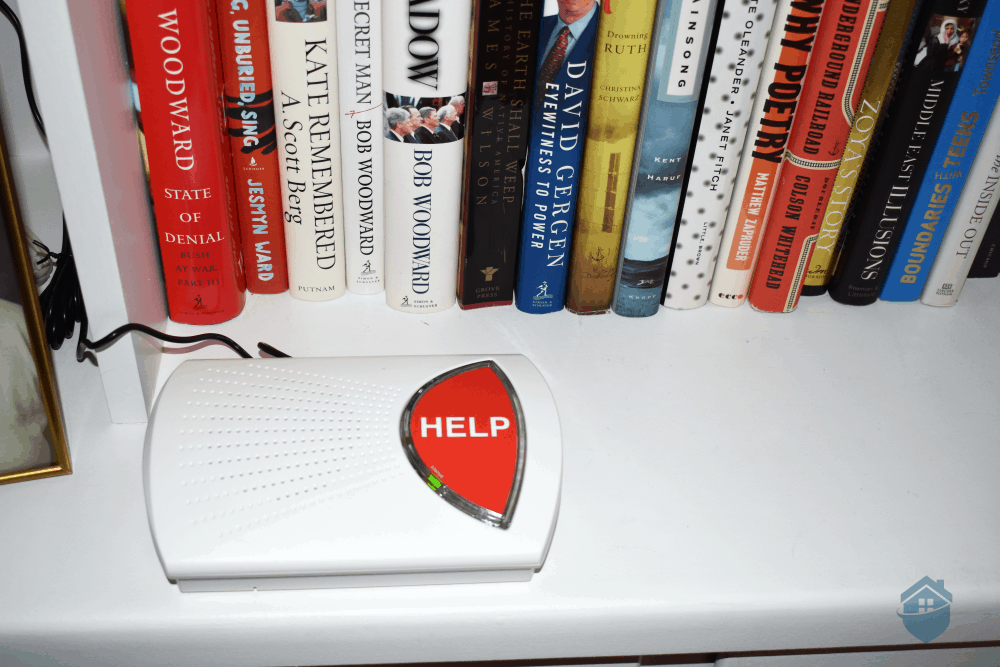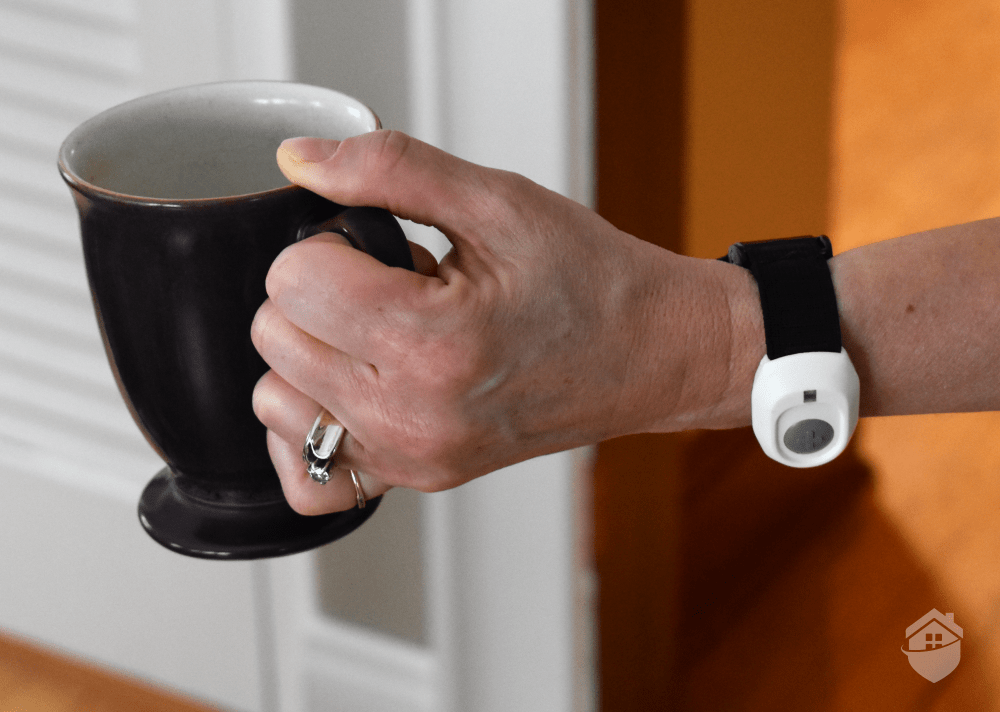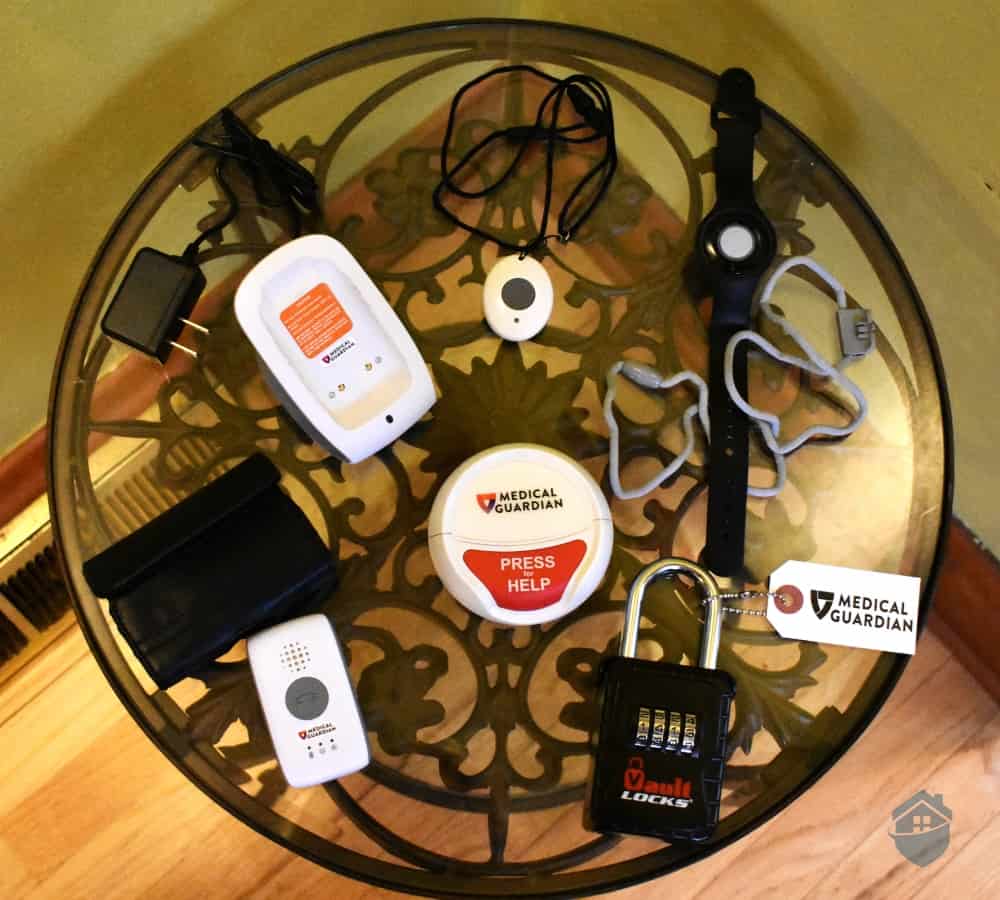What To Look For in a Medical Alert System?
With so many brands out there, we know that for some people, shopping for a medical alert device can be nearly as intimidating as shopping for a car. Don’t worry, we’re here to simplify the process by sharing what to look for in a medical alert system.
Lots of variety exists within each of the three alert system categories (in-home, mobile, and hybrid). We’re here to educate you on available features and tech so that you can decide on the best fit for yourself or your loved one.
People buy medical alert systems for protection, so the more protection the better, right? Not necessarily. We recommend identifying the user’s needs, tastes, and budget when making a decision. No reason to buy a Cadillac when a Ford Fiesta has all you need.
For example, if you or your loved one never goes out alone, it may not be necessary to invest in a mobile system that includes location detection (unless they have dementia). Or if you live in a small, ranch-style home, it may not be necessary to have the maximum number of wall help buttons that a company offers.
At the same time, some features will be important and may help you to determine which system you choose. Now let’s cover the different features that will help you to narrow down your options and find the right fit.
Comfortable Fit
It’s important that your wearable medical alert device be comfortable for you, whether it’s one of the best medical alert wristwatches or the industry’s top medical alert necklaces. Thankfully, most companies offer a 30-day money-back guarantee, so you can really take the device for a test drive. Whichever alert system you choose, be sure it’s comfortable to wear on a daily basis, this way you or your loved one is more likely to wear it day in and day out.
Fall Detection
Some wearable devices include sensors that are designed to detect falls. Typically, when an alert that a fall has occurred is sent to a response center, an associate will contact the user to check on their safety. If the user does not respond, the associate will contact emergency services. This technology is a great addition to medical alert systems, but be aware that they do not always work perfectly. False alarms can occur. Also, the best medical alert systems with fall detection work best when worn on a lanyard around your neck, or even a belt strap, rather than a wristband. Expect to pay about $10 extra for fall detection, which we think is a fair price for the added layer of protection.
Signal Range
Range refers to the distance that a user who is wearing a help button can move from the base unit in an in-home system. It is important that the user be able to communicate with the base unit from every floor and room of their house as well as their yard (if they regularly use it) or driveway (if they like to collect their own mail or chat with a neighbor). Keep in mind that most in-home systems range from between 600 to 1,300 feet, but take a look at the best long-range medical systems for exact ranges on each system.
Response Time
Another thing to look for in a medical alert system is a fast response time. This is ever so important in the case of an emergency. How long does it take between the time that the user pushes a help button, whether at home or away, and the time that an emergency response center associate responds? The industry average is 30 seconds, and we wouldn’t even consider a medical alert company that takes longer than 50 seconds to respond.
Location Detection with GPS
For mobile devices, it can be helpful to have location detection. Using a cellular system, the response center can locate the user in the case of an emergency. For example, a person who has fallen and hit their head, resulting in unconsciousness or confusion, would benefit from location detection with GPS. Other examples include an early-stage dementia patient who has become lost or a late-stage dementia patient who has wandered. Some companies even offer a caregiver’s app so that location can be detected by the caregiver as well as the response center.
Two-Way Talk
Some wearable devices include the ability to speak directly into the device to a response center associate. Others simply have a help button that when pushed, directs a response center associate to either call predetermined emergency contacts or 911. On in-home systems, even if the wearable devices don’t have two-way talk, the base unit likely will. However, it is important to consider how close to the base unit the older adult needs to be in order for their voice to register.
Keep in mind, the medical alert system doesn’t need to be the Cadillac or the Ford Fiesta. Plenty of models exist in between. The important thing is that it offers reliable response and enough features to give you or your loved one the peace of mind you deserve.
Features of Medical Alert Systems Worn on the Wrist
Here are the different features of medical alert systems worn on the wrist and how they will benefit you.
